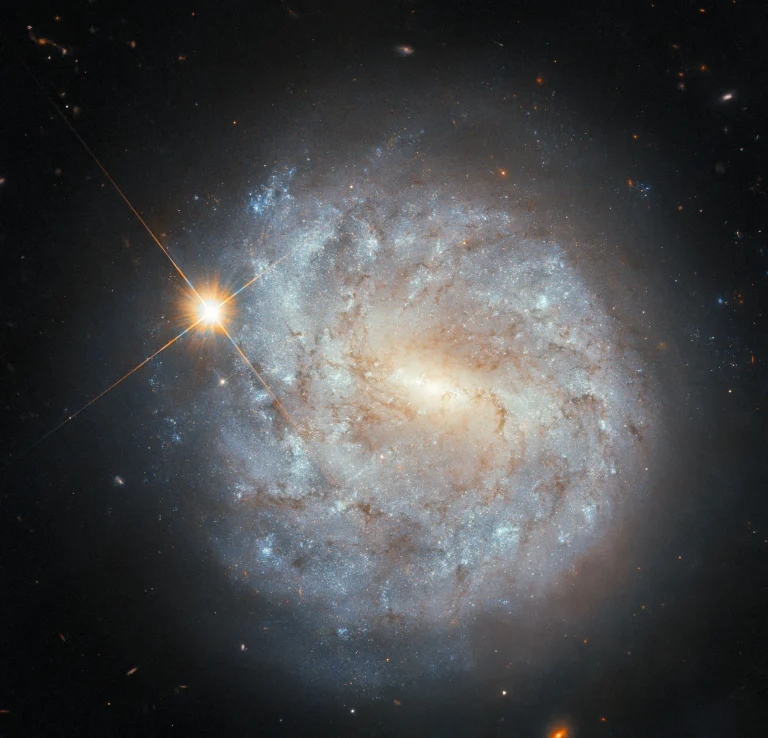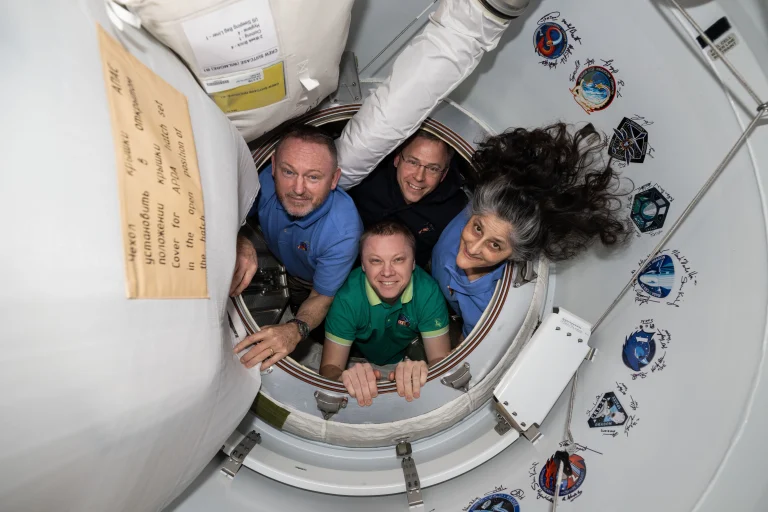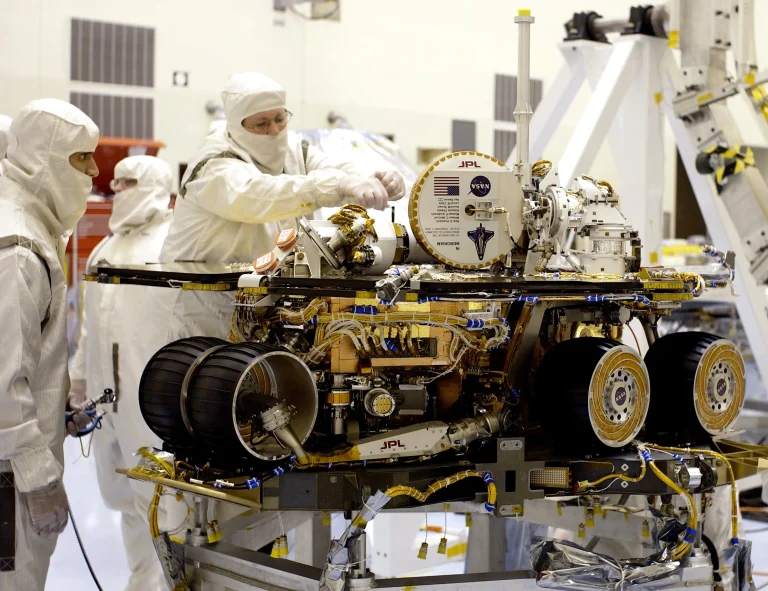A SpaceX Falcon Heavy rocket with the National Oceanic and Atmospheric Administration’s GOES-U (Geostationary Operational Environmental Satellite) satellite lifts off from NASA’s Kennedy Space Center in Florida on June 25, 2024. GOES-U is the fourth and final satellite in the current series of advanced weather satellites; it will provide continuous coverage of weather and hazardous environmental conditions across much of the Western Hemisphere.
In addition to its critical role in predicting weather on Earth, the GOES series of satellites helps forecasters predict space weather near Earth that can interfere with satellite electronics, GPS, and radio communications. The GOES-U satellite has a new space weather instrument, the Compact Coronograph-1, which blocks the Sun’s bright light so scientists can observe the relatively fainter solar atmosphere.
GOES-U will take about two weeks to reach geostationary orbit. Once there, the satellite will be renamed GOES-19. Follow GOES-U’s journey.
Image Credit: SpaceX
2024年6月25日,一枚SpaceX猎鹰重型火箭与美国国家海洋和大气管理局(NOAA)的GOES-U(地球静止环境作业卫星)卫星从NASA位于佛罗里达州的肯尼迪航天中心发射升空。GOES-U是目前先进气象卫星系列中的第四颗也是最后一颗卫星;它将持续覆盖西半球大部分地区的天气和危险环境状况。
除了在预测地球天气方面发挥关键作用外,GOES系列卫星还帮助预报员预测可能干扰卫星电子设备、GPS和无线电通信的近地太空天气。GOES-U卫星有一种新的太空气象仪器,紧凑型日冕仪-1,它可以阻挡太阳的强光,这样科学家就可以观察到相对较暗的太阳大气层。
GOES-U将花费大约两周的时间到达地球静止轨道。一旦到达目的地,这颗卫星将被重新命名为GOES-19。跟随GOES-U的旅程。
图片来源:SpaceX







